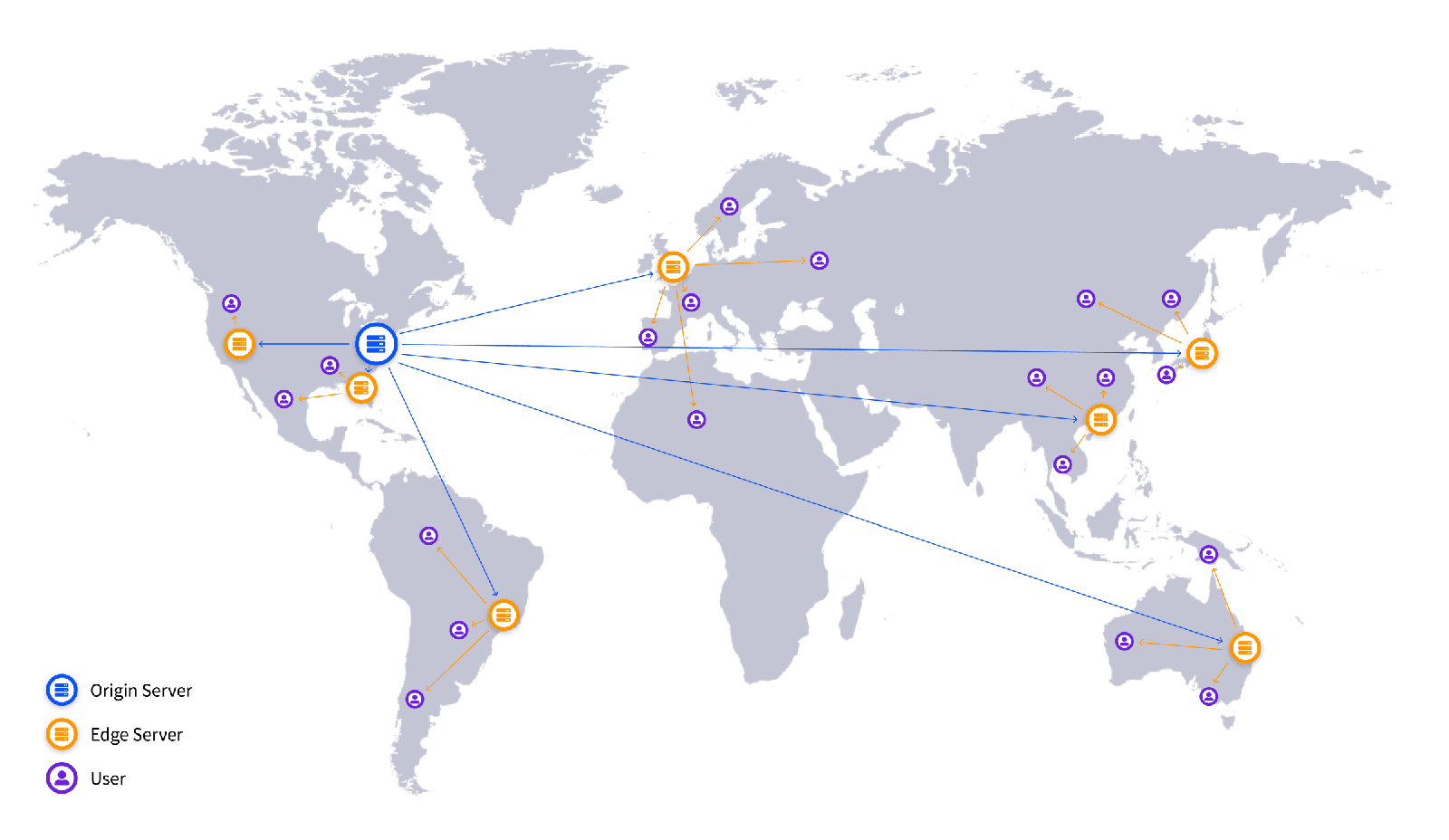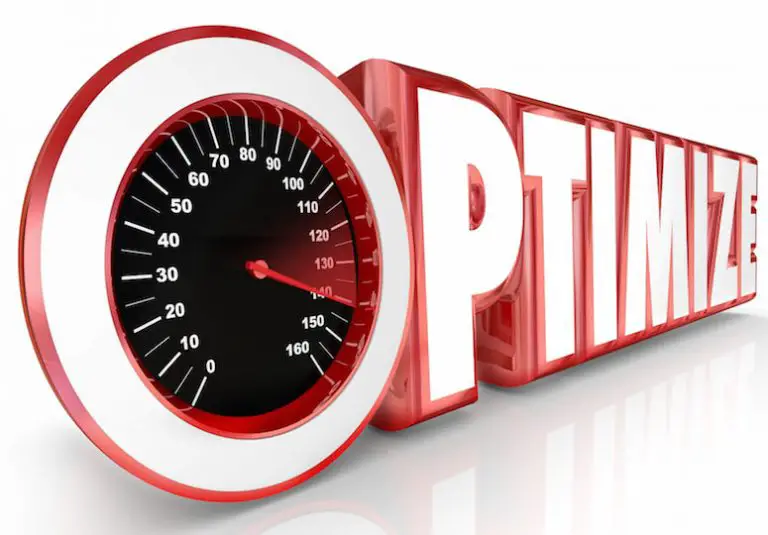Content Delivery Network (CDN) Layer Strategies for E-commerce Optimization

1. Edge Caching:

- Store popular static content (e.g., images, CSS, JavaScript) at multiple edge servers located close to users.
- Reduces latency and page load times by delivering content quickly from geographically dispersed servers.
2. Dynamic Content Caching:

- Cache dynamically generated content (e.g., product pages, shopping cart) to improve performance during peak traffic or with personalized content.
- Ensures a consistent and fast experience for users, even with high traffic volumes.
3. Geolocation Routing:
- Detect the user’s location and redirect traffic to the nearest CDN edge server.
- Minimizes latency and optimizes content delivery based on user proximity.
4. Image Optimization:
- Use image compression techniques (e.g., JPEG 2024, WebP) to reduce file sizes without compromising visual quality.
- Speeds up image loading time and reduces bandwidth consumption.
5. Video Optimization:
- Utilize video streaming protocols (e.g., HTTP Live Streaming) to provide high-quality video content with minimal buffering.
- Ensure a seamless user experience for videos that are crucial for product demonstrations or customer engagement.
6. Mobile Optimization:
- Implement mobile-specific caching strategies to optimize content delivery for mobile devices.
- Consider using AMP (Accelerated Mobile Pages) to enhance page load speed and user experience on smartphones.
7. Load Balancing:
- Distribute traffic across multiple CDN edge servers to avoid bottlenecks and ensure high availability.
- Prevents single points of failure and maintains consistent performance even during traffic spikes.
8. Security Enhancements:
- Utilize CDN security features (e.g., SSL/TLS, DDoS protection) to protect against malicious attacks and data breaches.
- Ensure the confidentiality and integrity of e-commerce data.
9. Analytics and Performance Monitoring:
- Track CDN performance metrics (e.g., latency, cache hit ratio) to identify areas for improvement.
- Continuously monitor and adjust CDN strategies to optimize performance and meet changing business needs.
Benefits of CDN Layer Optimization for E-commerce:
- Reduced latency and page load times
- Improved user experience and satisfaction
- Increased conversion rates and revenue
- Enhanced security and data protection
- Scalability and high availability
- Reduced bandwidth costs and resource consumption## Optimizing E-commerce Sites With CDN Layer Strategies
Executive Summary
Content Delivery Networks (CDNs) have become essential for e-commerce businesses looking to improve website performance, enhance user experience, and increase conversions. By strategically implementing CDN layer optimization techniques, e-commerce sites can gain a competitive advantage and drive significant business outcomes. This article explores the key subtopics related to CDN optimization and provides actionable insights to help businesses maximize the benefits of their CDN investments.
Introduction
In today’s fast-paced digital world, customers expect seamless and lightning-fast online experiences. For e-commerce businesses, delivering a superior user experience is crucial to driving revenue and building brand loyalty. CDN layer optimization plays a pivotal role in meeting these demands by significantly reducing website load times, improving content availability, and enhancing security.
FAQs
1. What are the benefits of using a CDN for e-commerce sites?
2. How can I choose the right CDN for my business?
3. Are there any risks or drawbacks associated with using a CDN?
Top Subtopics
1. Content Caching and Distribution
- Edge Servers: Strategically placed servers in close proximity to end-users, providing lightning-fast content delivery.
- Caching: Stores frequently accessed content on edge servers, reducing load times for returning visitors.
- Content Compression: Optimizes images, videos, and other large files for faster loading.
- Load Balancing: Distributes traffic evenly across multiple servers, preventing overloading and ensuring optimal performance.
- HTTP/2 Support: Enables faster, more secure, and more efficient content delivery.
2. Security and Compliance
- SSL/TLS Encryption: Encrypts data transmissions between servers and users, protecting sensitive information.
- DDoS Protection: Blocks malicious traffic and prevents distributed denial-of-service (DDoS) attacks.
- IP Reputation Filtering: Blocks access from malicious IP addresses, preventing spam and phishing attempts.
- Compliance with Regulations: Ensures compliance with industry standards, such as PCI DSS and GDPR, protecting customer data and privacy.
- Two-Factor Authentication (2FA): Provides an extra layer of security for accessing CDN dashboards and critical settings.
3. Performance Monitoring and Analytics
- Website Monitoring: Tracks website performance metrics, such as load times, availability, and errors.
- CDN Analytics: Provides insights into CDN performance, including cache hit rates, traffic patterns, and user behavior.
- Alerting and Notifications: Sends out alerts when performance thresholds are exceeded, enabling prompt intervention.
- Real-Time Reporting: Offers real-time dashboards and reports for monitoring website performance and identifying potential issues.
- SLA Monitoring: Helps ensure that the CDN provider meets agreed-upon performance guarantees.
4. Image and Video Optimization
- Image Optimization: Optimizes images for faster loading without compromising quality, using techniques like WebP compression.
- Video Transcoding: Converts videos into multiple formats, ensuring compatibility with different devices and bandwidth limitations.
- Responsive Images: Automatically adjusts image sizes based on device screen sizes, enhancing user experience.
- Lazy Loading: Defers the loading of non-critical images and videos until they are required, reducing page load times.
- Video Streaming Optimization: Optimizes video streaming for smooth playback, minimizing buffering and interruptions.
5. Cost Management and Scalability
- Usage-Based Pricing: Pay only for the CDN resources consumed, aligning costs with website traffic.
- Autoscaling: Automatically adjusts CDN resources based on traffic demands, ensuring optimal performance during peak periods.
- Tiered Pricing: Offers different pricing plans with varying performance and feature levels, allowing for customization based on business needs.
- Bandwidth Optimization: Uses advanced techniques like compression and routing to reduce bandwidth consumption.
- Geo-Targeting: Target content delivery to specific regions or countries, optimizing costs and performance.
Conclusion
Implementing effective CDN layer strategies can transform e-commerce websites, dramatically improving performance, enhancing security, and driving conversions. By leveraging the subtopics discussed in this article, businesses can optimize their CDN investments to deliver a superior user experience, increase revenue, and gain a competitive edge in the fiercely competitive online marketplace.
Keyword Tags
- CDN optimization
- Content caching
- Website performance
- Security and compliance
- E-commerce best practices
